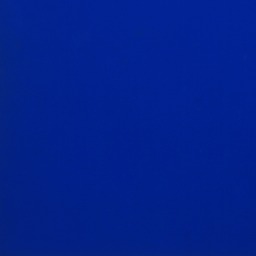And a river went out of Eden to water the garden; and from thence it was parted, and became into four heads. The name of the first is Pison: that is it which compasseth the whole land of Havilah, where there is gold; And the gold of that land is good: there is bdellium and the onyx stone. And the name of the second river is Gihon: the same is it that compasseth the whole land of Ethiopia. And the name of the third river is Hiddekel: that is it which goeth toward the east of Assyria. And the fourth river is Euphrates.
(Genesis 2:10-14 KJV)

In my desire to better understand the history and context of the bible and find that place - this garden between four rivers I'd read about in Genesis - I found the Ancient Semarians.
And they loved lapis lazuli.
The most exotic color of blue -- my favorite color of blue. How I wish I could have seen the beauty of Babylon with my own eyes.
Some of my favorite pieces from Mesopotamian antiquity:
Pictured: The Standard of Ur, depicting life in Mesopotamia from two sides: "The War Side" and "The Peace Side." Shown below: "The Peace Side," illustrating the bounty of the land and a royal banquet in Southern Mesopotamia. Geometric mosaic made of pieces of shell, lapis lazuli, and red limestone set into bitumen.

Pictured: Gold Semarian Bulls Head, attached to a lyre, adorned with a lapis lazuli beard. Used in funeral rituals. Mesopotamian Art, 3500 – 300 B.C.E.


Modern Art
In 1961, Yves Klein, a french nouveau réalisme artist, set out to create the "most perfect color of blue." Klein worked with a chemist to develop his own particular brand of blue for a monocrhrome abstraction - the use of one color over an entire canvas - a strategy he likened to "an open window to freedom." Made from pure color pigment and a binding medium, it is called International Klein Blue. Klein adopted this hue as a means of evoking the immateriality and boundlessness of his own particular Utopian vision of the world.
Pictured: International Klein Blue, The Most Perfect Blue

BBC Four - The History of Art in Three Colours
By far one of my favorite documentaries. Dr James Fox explores how, in the hands of artists, the colours gold, blue and white have stirred our emotions, changed the way we behave and even altered the course of history. In the episode Blue, he discusses how the discovery of lapis lazuli turned the color blue into an exotic color.




No comments:
Post a Comment